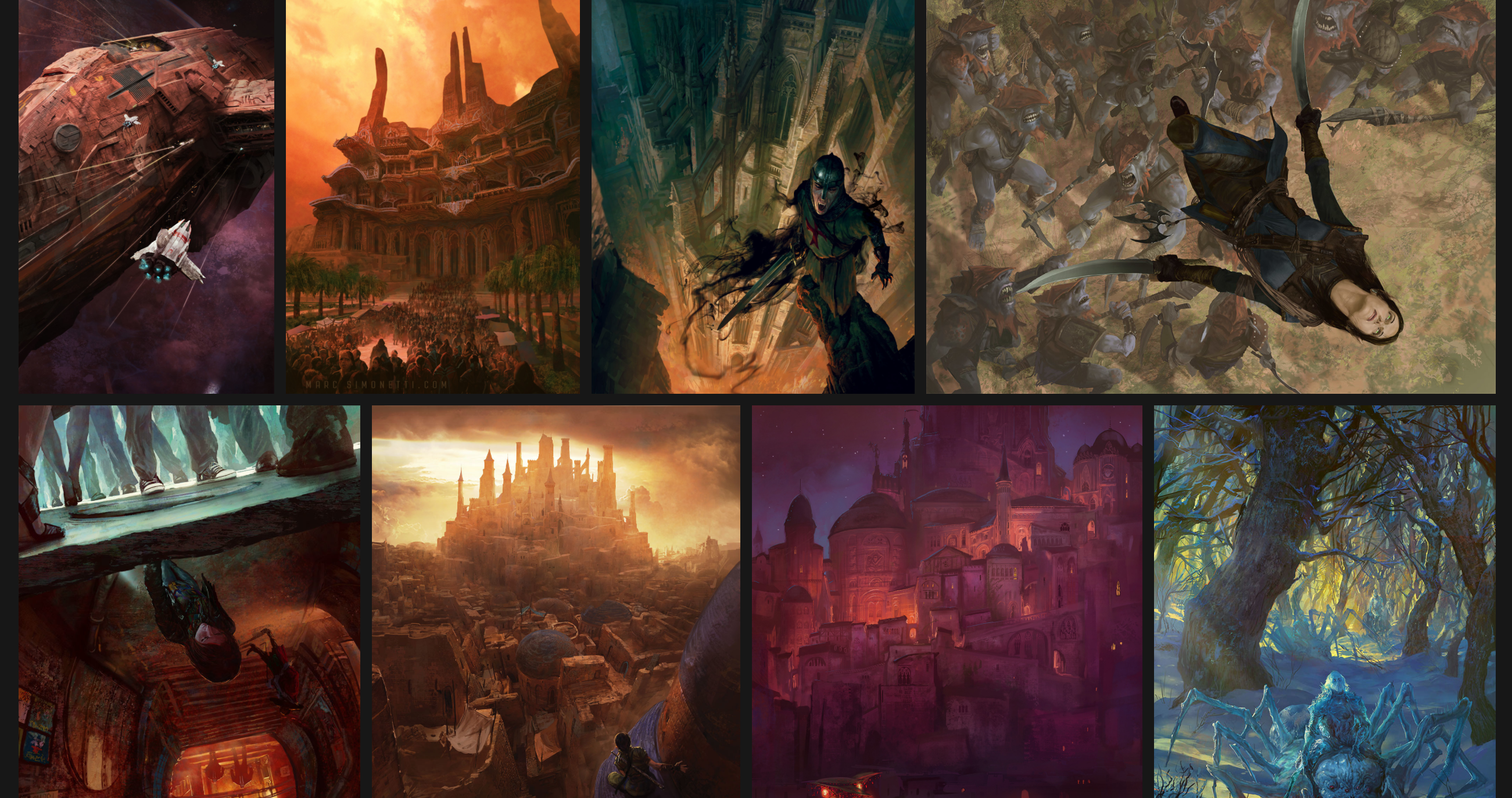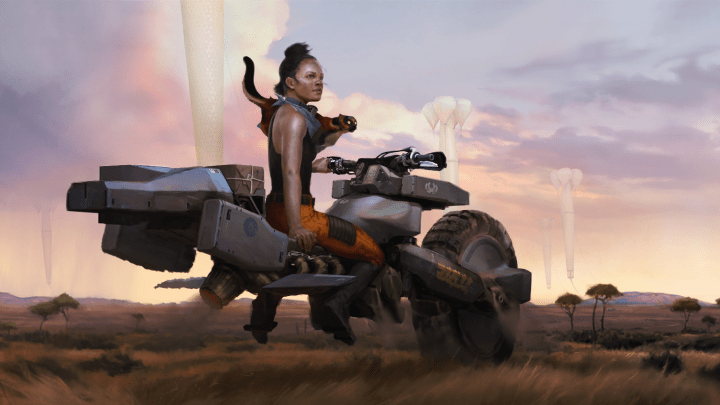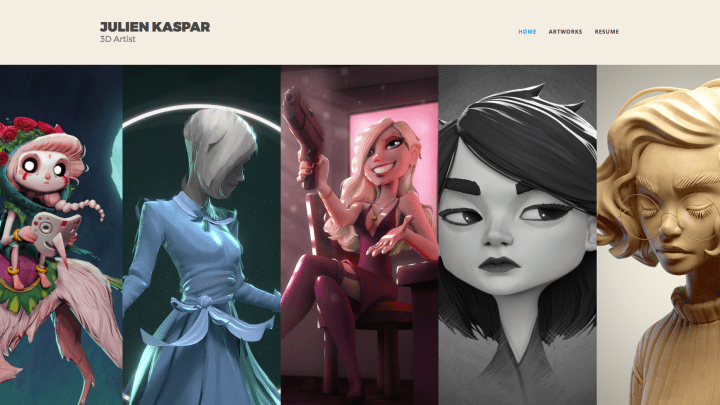Featured Pro Portfolio: Marc Simonetti
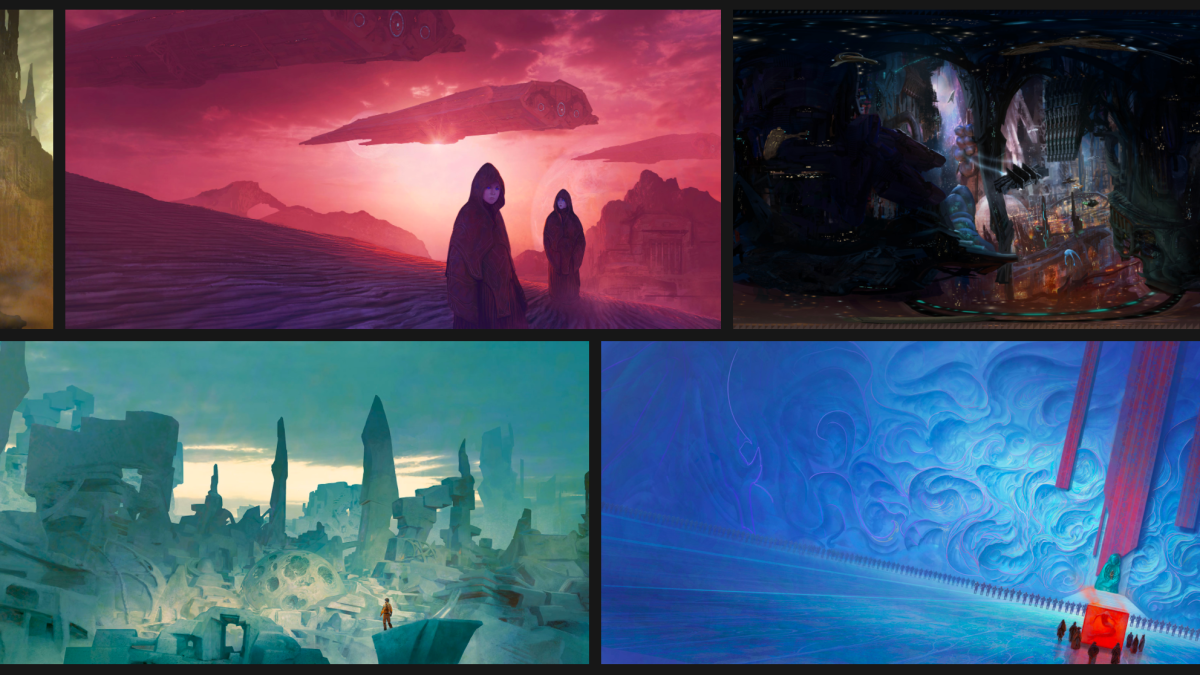
ArtStation Pro portfolio websites are quickly becoming a go-to for artists because of how easy to navigate and customize they are.
This week’s Featured Pro Portfolio interview is with Marc Simonetti, a French Concept Artist and Illustrator best known for his work on GRR Martin’s books A Song of Ice and Fire. He most recently completed work for the feature film, Valerian.
Check out Marc’s ArtStation powered-website.
How do you make your portfolio stand out from others?
I’m always trying to do projects and illustrations that feel natural and that are what I like to do. Making illustration and concept art is all about bringing something into each picture, so I try to make every illustration the best I can, with my own cultural background, and my own way of feeling things. That way, people who hire me because they connect with what I like to do, and this way my portfolio may reflect my own personality.
I don’t see this job as a competitive one and I love seeing other killer portfolios on ArtStation or the web. It keeps me inspired, and pushes me to dig deeper into what I’m working on.
What kind of training/practice got you to where you are?
I studied at a very traditional painting and drawing school when I was a kid for 9 years every Wednesday. Some years later, I worked as a material engineer and decided to get back to drawing, so I took one year to learn 3D (and computer based graphics) and worked as a 3D modeler for one year. I wasn’t satisfied with my work, so I began to work every night on photoshop learning with online forums. When I got my first gigs as an illustrator, I stopped working in video games and got full freelance. I didn’t have much commissions then, so I trained my self, and spent 4 years training/working 12 hours a day, everyday, without week ends or vacations. Ultimately it paid off, but I’m still training myself.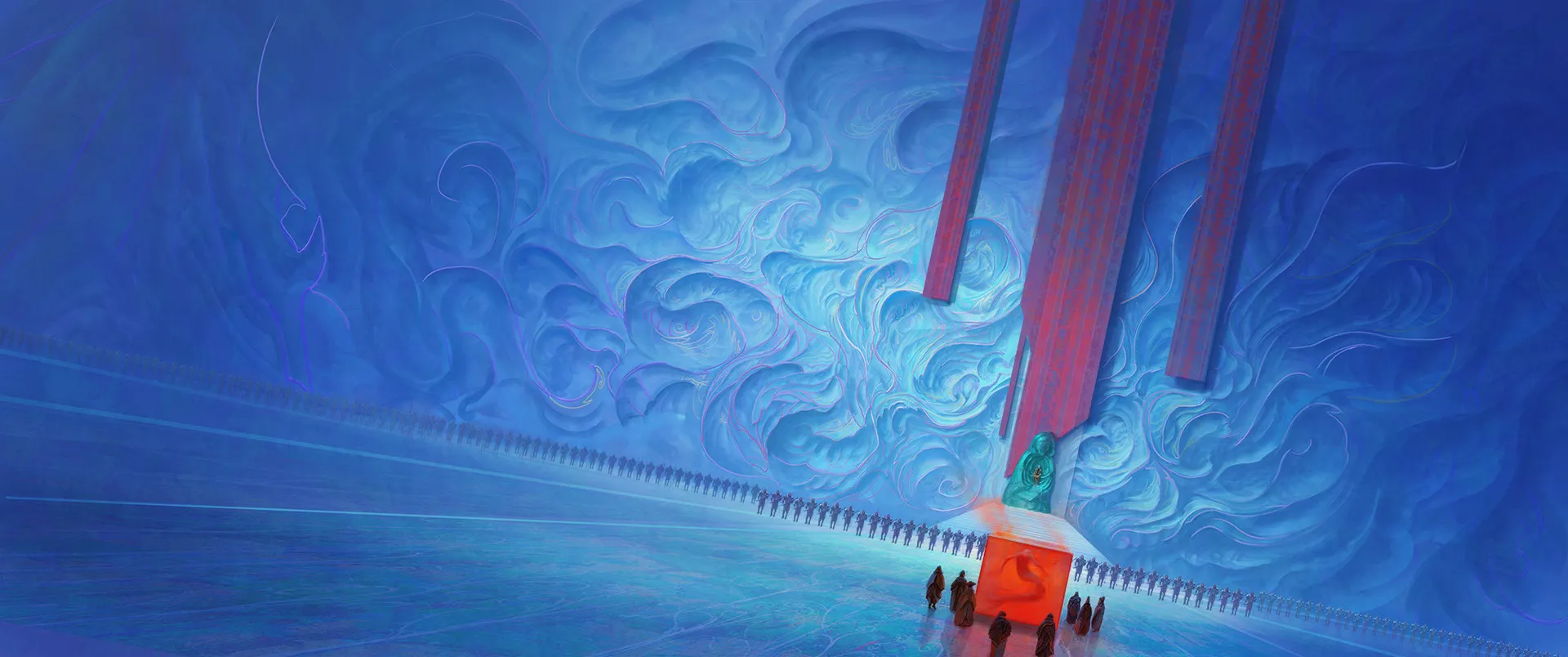
I studied anatomy every time I had characters or an army to do, lighting perspective, Zbrush and everything I could. Learning with no choice but give something good at the end helped me a lot in getting better. However, I did make a lot of mistakes along the way too. I choose to take some shortcuts where I shouldn’t have at first (the use of too many photos without mastering and understanding how everything works) and did take tried some dumb ideas too (like not using photo references for some characters which made my characters looking quite bad for some years).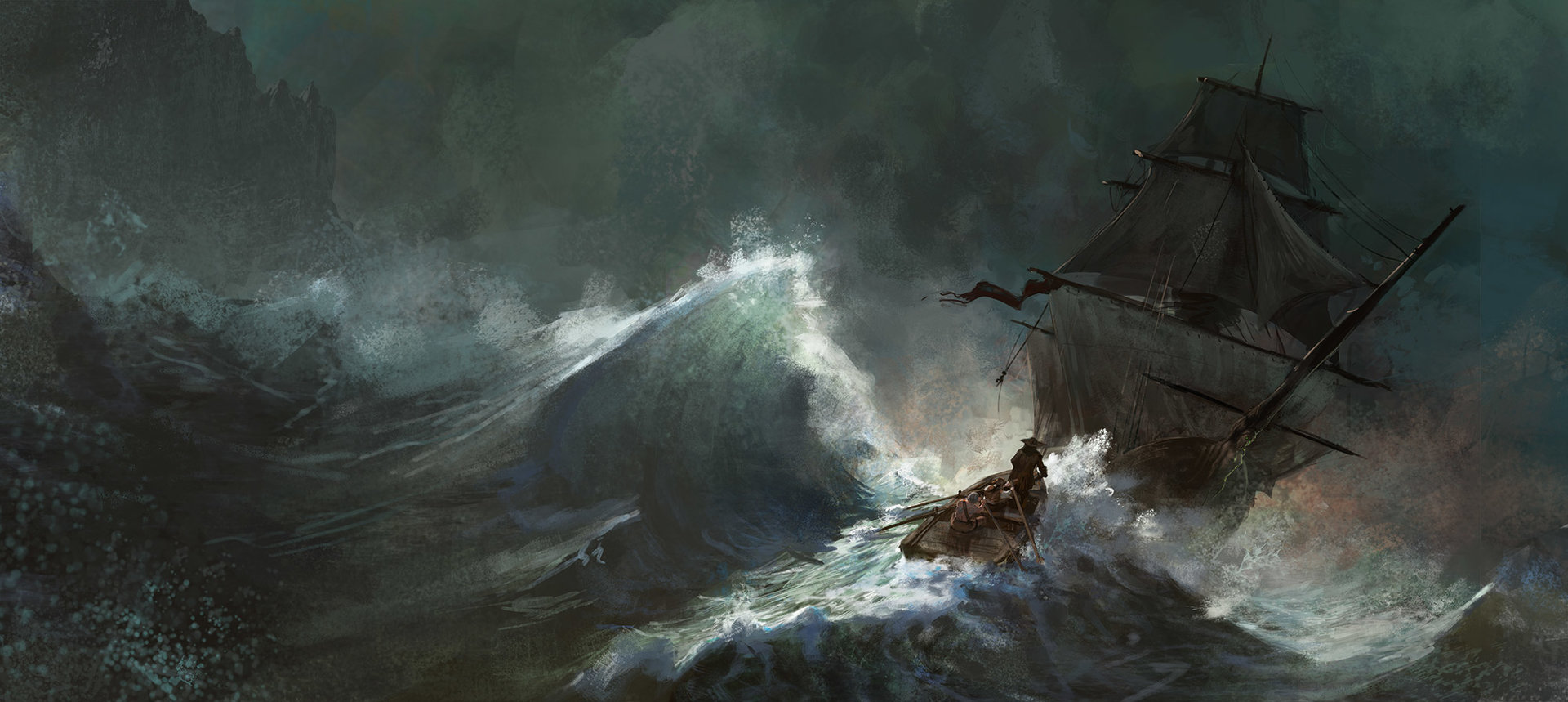
Why did you choose to set up your portfolio the way you did?
Choosing the pieces for my portfolio is always quite tricky because I’ve got many different clients in many different fields: Books, video games, advertisements and movies, on fantasy, Sci-Fi, horror, etc. Ultimately, I try to have only pieces that I think are most representative of my work and I try to keep the pieces that I loved to make so that if I’m picked for those ones, I can be passionate about it.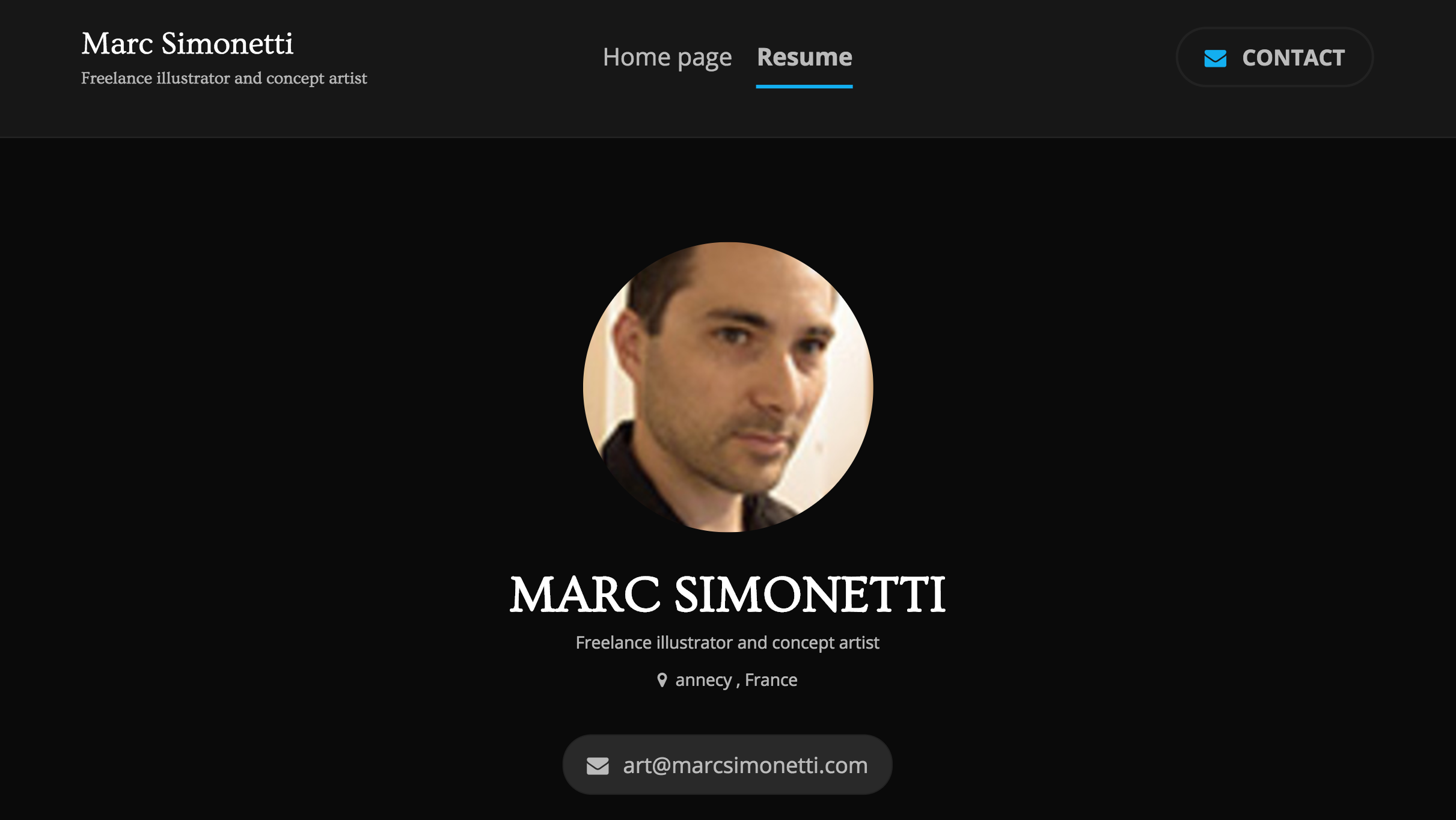
Advice for aspiring artists
Most of the aspiring artists that I see have quite a very wide portfolio, covering a lot of things but ultimately that doesn’t fit any job. My advice for working, training and making a good portfolio is to try to know what your dream job is, (the bigger one) the one you think is impossible to have and then focus your work only on this one. If you want to do cover art, then you should have real cover arts, with some place for a title on it. If you want to be a character designer, you may have to pick your favorite character designer and see what his/her portfolio is about, and then have all of your characters with a perfect anatomy, and variations.
Getting to know what your aim is will help you pick your battles and see the professional side of things.. That’s why “aspiring artists” may be a trap as a name and “aspiring craftsman” may be a better title. You’ll have to learn the craft first, and there’s a professional side there that suggest many values ( reliability, efficiency, productivity….) that aren’t outrageously exciting but that will help you having solid clients and good jobs .( Only then will you be able to call that art if you want. Also “artist” often comes with “talent”, and the later is just the result of years of commitment and passion.
See more of Marc’s work on his ArtStation Pro website. To find out more about ArtStation Pro portfolio websites, click here.
